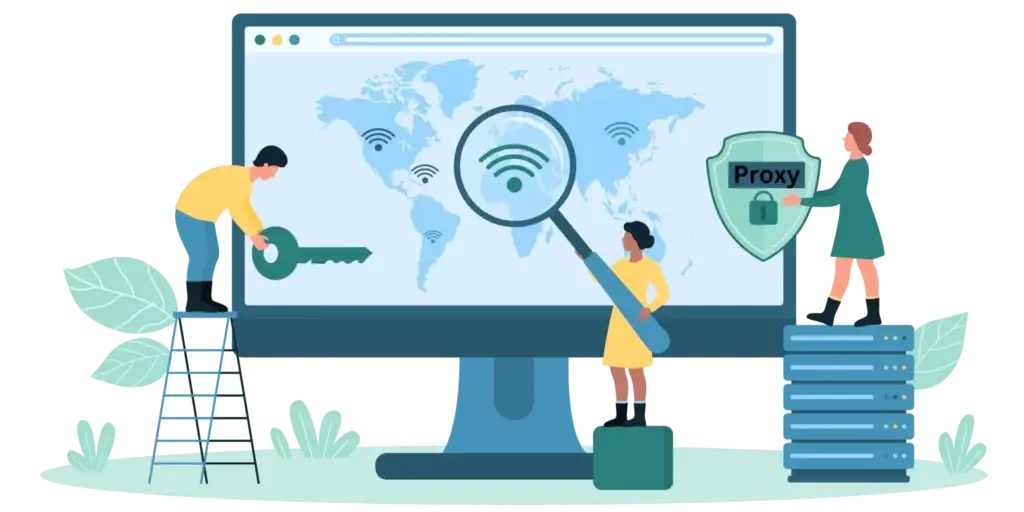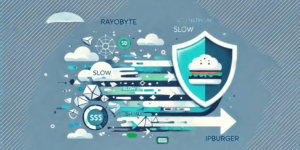Are you tired of being blocked from websites or having your IP address exposed while web scraping? It’s time to consider using a proxy scraper.
In this blog, we will discuss the basics of proxy scraping, how it can be used in various scenarios such as bypassing geo-restrictions and automating data collection, and how to choose the right proxy scraper for your needs.
We’ll also guide you through setting up your proxy scraper tool and provide best practices for effective scraping.
Lastly, we will address concerns about the legality and safety of using a proxy scraper. Read on to learn everything you need to know about proxy scrapers and start enjoying a safer and more efficient web scraping experience.
Understanding the Basics of Proxy Scraping
Proxy scraping involves collecting a variety of proxies from different sources, serving as intermediaries between your device and the internet to mask your real IP address. Proxies are essential for web scraping, allowing multiple requests and gathering diverse IP addresses.
What’s a proxy?
A proxy acts as a middleman between your device and the internet, providing anonymity by concealing your IP address and encrypting your internet traffic. It can help access geo-restricted content and bypass network restrictions. There are different types of proxies, such as HTTP, SSL, and residential proxies. Using proxies can enhance security by preventing direct connections to websites.
What is web scraping?
Web scraping involves automating data extraction from websites using software or tools. It allows businesses to gather relevant information for market research, competitor monitoring, and database building. Python is a popular language for web scraping due to its flexibility, while APIs can also be used to access structured data instead of scraping web pages.
The Role of Proxies in Web Scraping
Proxies are crucial for web scraping as they allow requests from multiple IP addresses, preventing IP blocking and CAPTCHA challenges. Additionally, public proxies enable scraping large amounts of data without suspicion, with residential proxies being more reliable than free ones.
Proxy Scraping
Proxy scraping involves gathering proxies from websites or APIs using tools for automated finding, verification, downloading, checking availability and latency, filtering, and maintenance of a working proxy pool.
Use Cases for Proxy Scrapers
Discover how proxy scrapers are utilized in different industries and scenarios, unlocking new possibilities and opportunities.

Bypassing geo-restrictions
Bypass geo-restrictions by using proxy scrapers to access blocked websites or services and enjoy global internet access. Enhance your browsing experience with proxy scraping techniques and overcome location-based limitations.
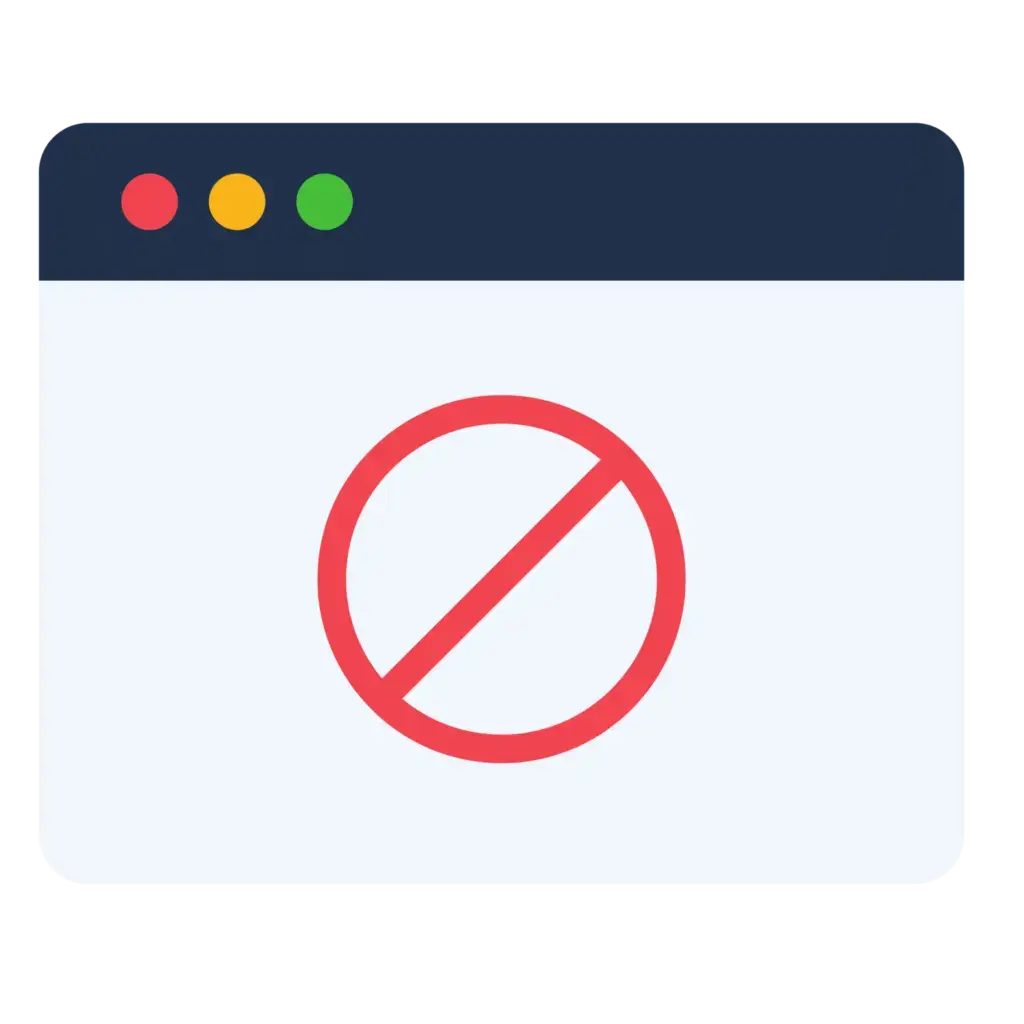
Accessing blocked websites
Have you ever come across websites that are restricted or blocked in your region? With the help of proxy scrapers, you can easily unblock these websites and access their content freely. Proxy scraping allows you to bypass censorship and firewall restrictions, expanding your internet access. It’s the best solution to access blocked websites securely and anonymously.
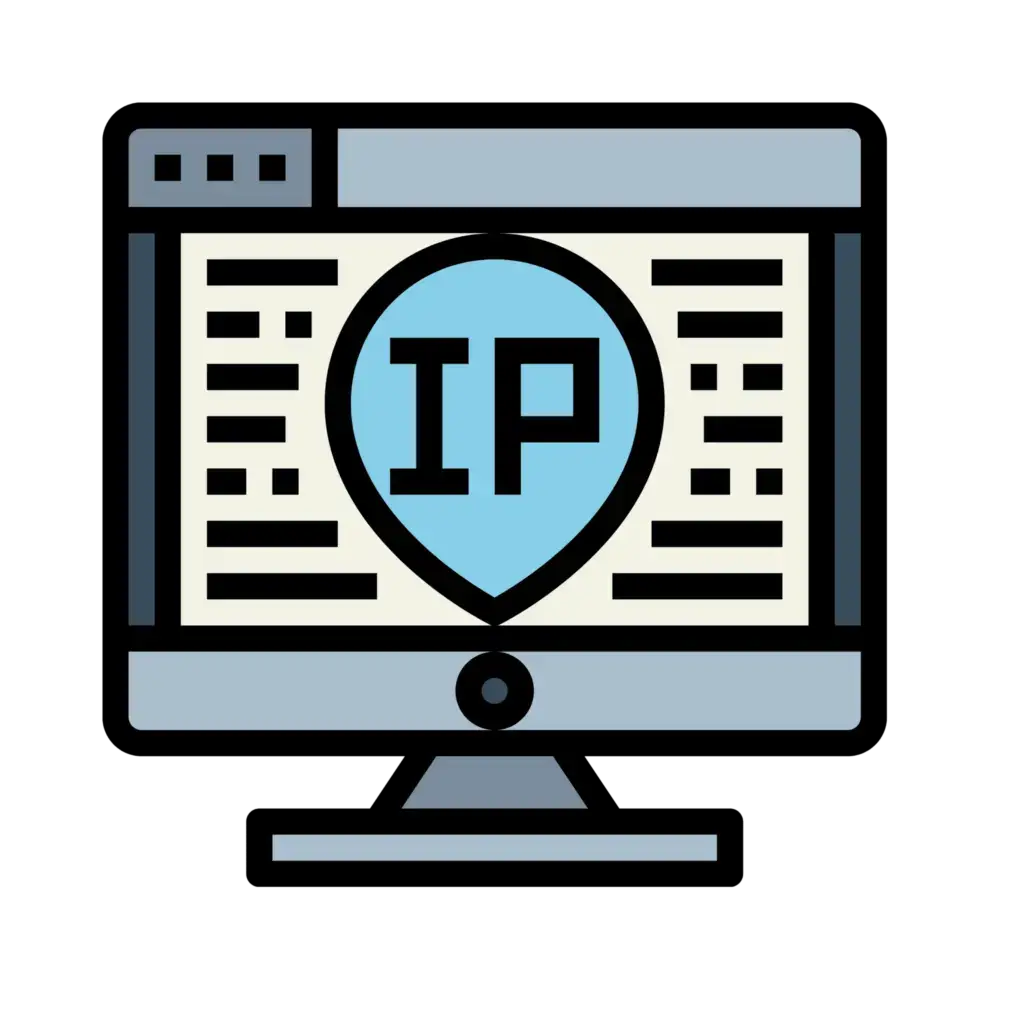
Masking IP addresses for anonymity
Protect your online identity and privacy by using proxy scrapers and VPN to mask your IP address and browse anonymously. Safeguard sensitive information from tracking and surveillance with proxy scraping techniques.
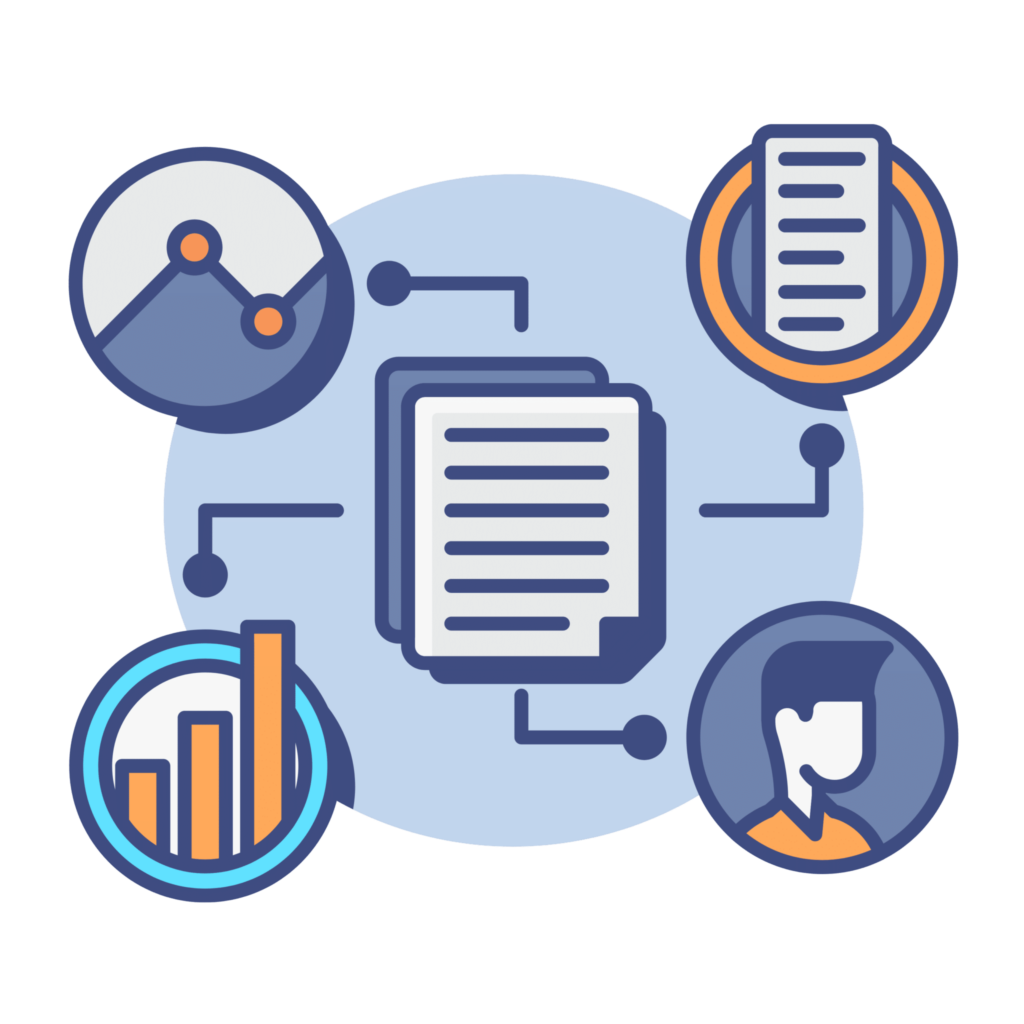
Automating data collection and web scraping
Automating data collection and web scraping can be made more efficient by integrating proxy scrapers into your automation tools. This helps streamline data extraction and ensures uninterrupted and reliable data collection.
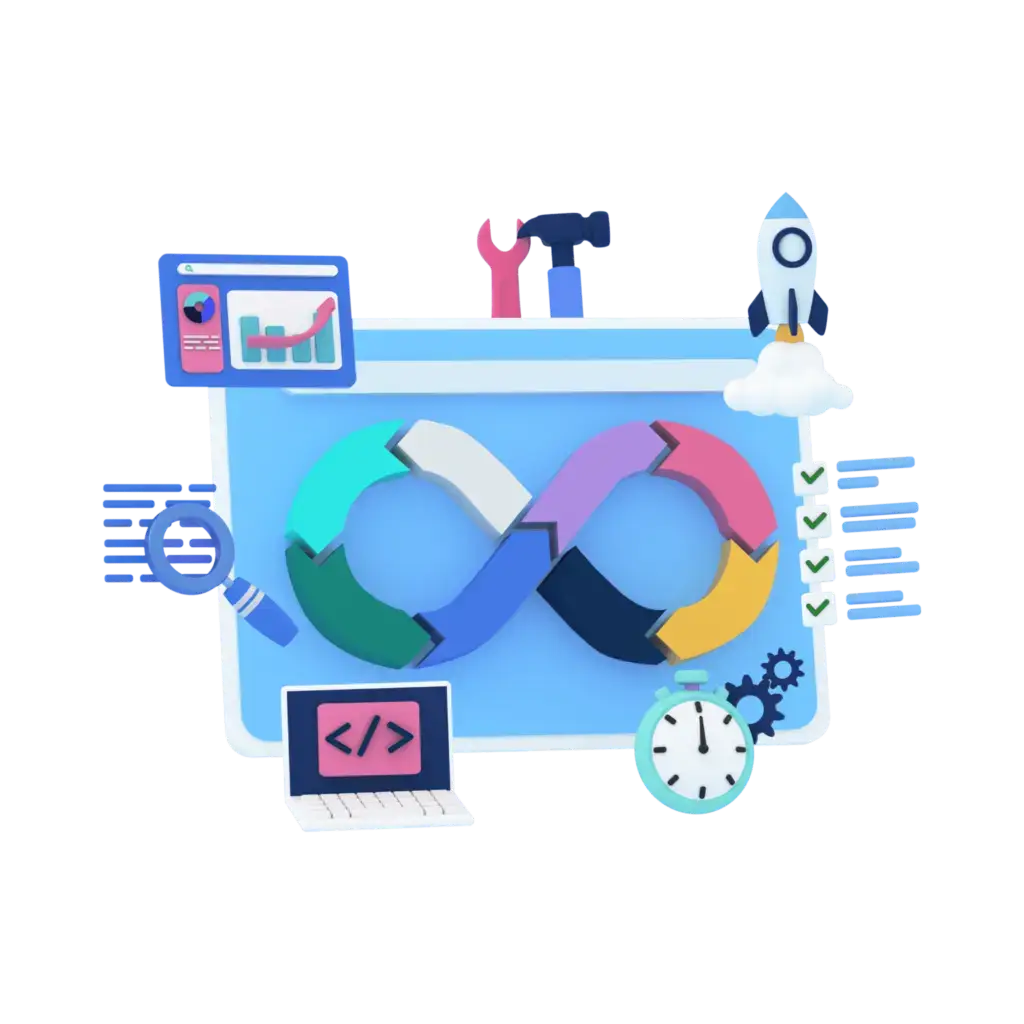
Web penetration testing and security research
When performing web penetration testing and security research, a proxy scraper is a valuable tool. It helps gather data on proxy servers, allowing security researchers to find vulnerabilities and test the effectiveness of firewalls. Proxy scrapers can also identify potentially malicious traffic, such as malware, and protect against attacks. However, it’s crucial to use them ethically and responsibly for legitimate purposes.
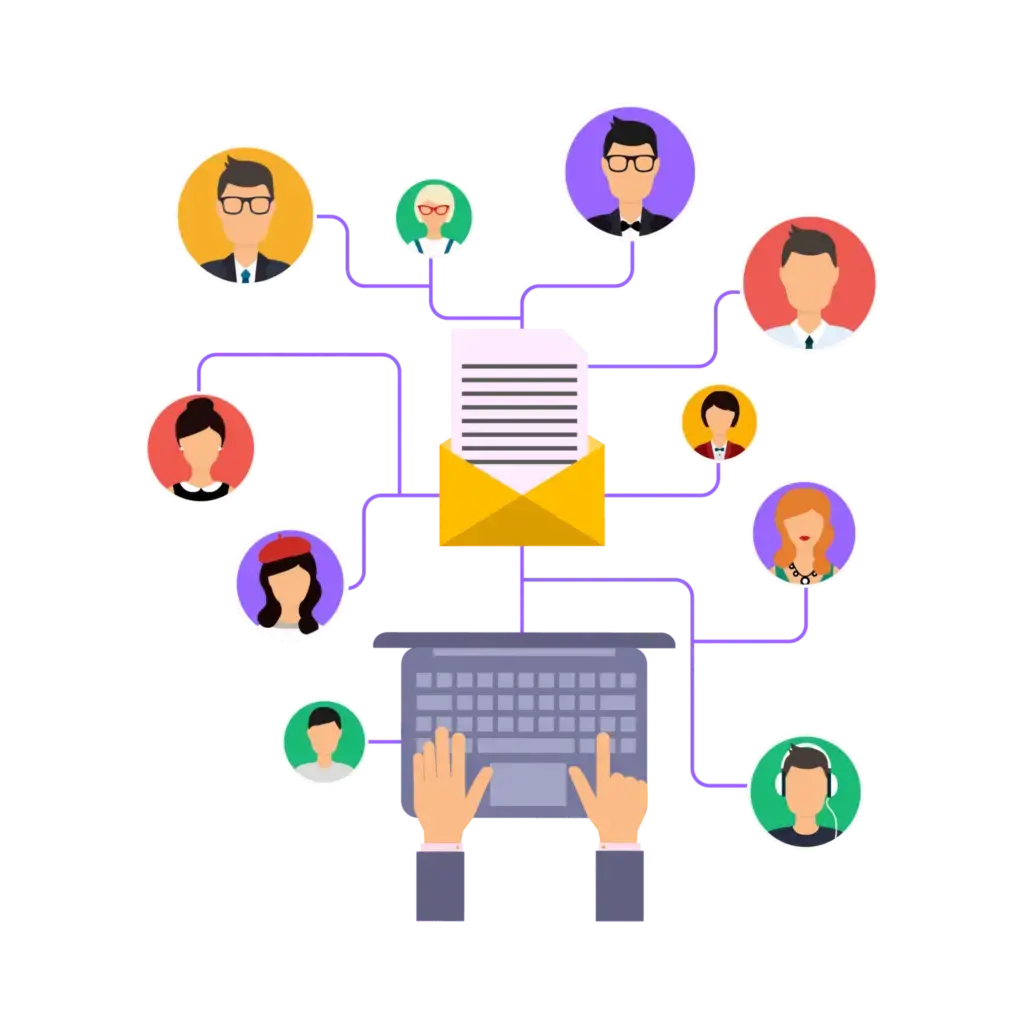
Researching SEO and marketing campaigns
Researching SEO and marketing campaigns involves using a proxy scraper to collect data from various sources. This tool helps gather information on keywords, backlinks, competitor analysis, audience demographics, social media trends, and consumer behavior, saving time and providing valuable insights into market trends. Remember to use an ethical and legal proxy scraper for data collection.
How to Choose the Right Proxy Scraper?
Factors to consider when selecting a proxy scraper include the types of proxies it supports (HTTP, SSL, residential), reliability and accuracy in finding and verifying proxies, customizable filters for country, speed, and anonymity level, proxy rotation or IP replacement capabilities, user interface, ease of use, and pricing options.
Factors to Consider when Selecting a Proxy Scraper
When it comes to choosing the right proxy scraper, there are several factors that you should consider.
- Firstly, you need to determine the types of proxies that it supports. Whether it’s HTTP, SSL, or residential proxies, make sure the tool aligns with your requirements.
- Reliability and accuracy are also vital aspects to consider. A good proxy scraper should be able to find and verify proxies efficiently, ensuring a high success rate in data extraction.
- Customizable filters are another key consideration. Look for a tool that allows you to filter proxies based on country, speed, and anonymity level. This will help you narrow down your search and ensure that the proxies you use meet your specific needs and preferences.
- Proxy rotation or IP replacement capabilities are also important features to look for in a proxy scraper. These functionalities allow you to continuously scrape data without being blocked or detected by websites, ensuring uninterrupted data collection.
- User interface and ease of use should not be overlooked. A well-designed and intuitive interface makes it easier for you to navigate through the tool, set up scraping tasks, and manage your proxy list effortlessly.
- Lastly, pricing options play a significant role in choosing the right proxy scraper. Consider your budget and evaluate the cost of the tool against its features and capabilities. Look for flexible pricing plans that align with your needs, whether you require a proxy scraper for personal use or for larger-scale operations.
Overall, selecting the right proxy scraper involves careful consideration of factors such as proxy types supported, reliability, customizable filters, proxy rotation capabilities, user interface, and pricing options. By taking into account these aspects, you can ensure that the proxy scraper you choose is tailored to your specific requirements and meets your expectations in terms of speed, accuracy, and ease of use.
Setting Up Your Proxy Scraper Tool
Setting up your proxy scraper tool is essential for internet users. It allows you to gather and filter proxies effectively, ensuring that you have access to reliable and suitable options for your needs. To begin, you need to find a proxy scraper tool that meets your requirements in terms of features, ease of use, and pricing.
Downloading and Installing Proxy Scraper Software
Proxy scraper software is essential for obtaining a list of proxies to use for various purposes. To download and install proxy scraper software, follow these steps: 1. Begin by researching and identifying proxy scraper software that meets your specific needs and requirements. Look for options that offer a wide range of features, reliability, and user-friendly interface.
2. Visit the official website or trusted software directories to download the proxy scraper software. Look for the latest version to ensure you have access to the most updated features and security patches.
3. Once you have downloaded the software, locate the installation file on your computer. Double-click on it to initiate the installation process.
4. Follow the on-screen prompts and instructions provided by the installer. Typically, you will need to agree to the terms and conditions, choose the installation location, and select any additional features or settings you want to include.
5. Once the installation is complete, launch the proxy scraper software from your desktop or the Start menu. Familiarize yourself with the user interface and explore the different options and tools available.
Configuring Your Proxy Scraper Tool
After installing the proxy scraper software, it’s important to configure it properly to ensure optimal performance. Here are some key configurations to consider:
- Proxy Sources: Most proxy scraper tools allow you to choose the sources from which proxies will be scraped. Consider enabling popular proxy sources such as websites or API endpoints that are known for providing reliable and high-quality proxies. You can also customize the list of proxy sources to include specific websites or platforms that align with your requirements.
- Proxy Filters: Configure the proxy scraper tool to filter proxies based on certain criteria. This could include filtering by speed, location, anonymity level, or protocol type. By applying filters, you can ensure that only proxies that meet your specific needs are included in the final list.
- Refresh Rate: Determine how often you want the proxy scraper tool to refresh the list of proxies. This will depend on your use case and the frequency at which proxies become outdated or unavailable. Setting a higher refresh rate will ensure that you always have a fresh list of proxies, but it may also put more strain on the scraping process and consume more resources. Conversely, setting a lower refresh rate may save resources but could result in using outdated or unreliable proxies.
- Proxy Testing: Consider enabling proxy testing within your proxy scraper tool. This feature allows you to check the functionality and reliability of each scraped proxy before using it. By testing proxies, you can identify and remove any dead or non-working ones from your list of proxies, ensuring that only active and functional proxies are used in your applications or projects.
- Proxy Rotation: If your use case requires frequent proxy switching or cycling, consider a proxy scraper tool that supports proxy rotation. This feature automatically rotates through the list of proxies, allowing you to distribute requests across multiple IP addresses and avoid detection or rate limitations imposed by websites or APIs.
- Authentication Support: In some cases, you may need to authenticate with the proxies you scrape. This could involve providing credentials such as usernames and passwords or using authentication methods like IP whitelisting. Ensure that your proxy scraper tool supports authentication so that you can seamlessly integrate with proxies that require it. This will allow you to access restricted content or services while maintaining the anonymity and security provided by the proxies.
- Customization Options: Look for a proxy scraper tool that offers customization options to suit your specific needs. This could include the ability to filter proxies based on location, speed, protocol, or other criteria. Being able to tailor the scraped proxy list to your requirements will enhance the effectiveness and efficiency of your scraping process.
- Proxy Pool Management: Consider a proxy scraper tool that includes proxy pool management features. These features ensure that your proxy pool is constantly updated and optimized. The tool should automatically check the status of each proxy in your list, removing any dead or non-working ones and replacing them with fresh, active proxies. This will help maintain a reliable and high-performing proxy pool, ensuring smooth and uninterrupted scraping operations.
- Proxy Validation: It is essential to choose a proxy scraper tool that includes a validation mechanism. This feature verifies the functionality and reliability of each scraped proxy before adding it to your pool. By validating proxies, you can eliminate any potentially risky or unreliable options, ensuring that only trustworthy proxies are used in your scraping operations. Proxy validation helps to maintain the integrity and security of your data by eliminating proxies that may be unreliable or compromised.
- User-Friendly Interface: Look for a proxy scraper tool that offers a user-friendly interface. A well-designed and intuitive interface makes it easier for you to navigate through the tool’s features and functionalities. It should provide clear instructions and options, allowing you to easily configure and customize your proxy scraping settings.
- Support and Updates: Consider a proxy scraper tool that offers reliable support and regular updates. Having access to a responsive support team can be crucial if you encounter any issues or need assistance with the proxy scraper tool. Additionally, regular updates ensure that the tool stays up-to-date with the latest proxy scraping techniques and any changes in the proxy landscape. This ensures that you can continue to rely on the tool for efficient and effective scraping operations.
Is using a Proxy Scraper Legal and Safe?
Understanding the legality and safety of utilizing proxy scrapers is crucial. Stay informed about potential risks and legal implications. Comply with relevant laws and regulations, prioritize online privacy and security, and use proxy scrapers responsibly to avoid any legal or safety issues.
Best Practices for Proxy Scraping
When it comes to proxy scraping, there are a few best practices that you should keep in mind to ensure smooth and successful operations. First and foremost, always use reputable and trustworthy proxy scraping tools. By doing so, you can eliminate the risk of using unreliable proxies that may compromise your data’s integrity and security.
Additionally, look for a proxy scraper tool that offers a user-friendly interface. A well-designed and intuitive interface will make navigating through the tool’s features a breeze, allowing you to easily configure and customize your proxy scraping settings.
Furthermore, consider opting for a proxy scraper tool that provides reliable support and regular updates. A responsive support team can provide assistance when needed, ensuring that any issues or questions you have are addressed promptly. Regular updates are also crucial as they keep the tool up-to-date with the latest proxy scraping techniques and changes in the proxy landscape.
Before using a proxy scraper, it’s important to understand its legality and safety. Stay informed about potential risks and legal implications associated with proxy scraping. Comply with relevant laws and regulations, prioritize online privacy and security, and use proxy scrapers responsibly to avoid any legal or safety issues.
Troubleshooting Common Proxy Scraping Issues
Encountering issues while proxy scraping? Don’t worry, we’ve got you covered. Here are some common problems and their solutions to help you troubleshoot your proxy scraping process.
- Slow Scraping Speed: If your scraping speed is slower than expected, try reducing the number of concurrent connections or using a more efficient scraping algorithm. Additionally, ensure that your internet connection is stable and not experiencing any disruptions.
- Captcha Challenges: Some websites employ captcha challenges to prevent automated scraping. To overcome this, consider using captcha solving services or rotating proxies to bypass these hurdles.
- Blocked IPs: If you’re facing issues with blocked IPs while proxy scraping, here are some steps to resolve the problem. First, try rotating your proxies more frequently to avoid being detected and blocked by websites. Additionally, consider using residential or mobile proxies, as they are less likely to be recognized as datacenter proxies and thus have a lower chance of being blocked.
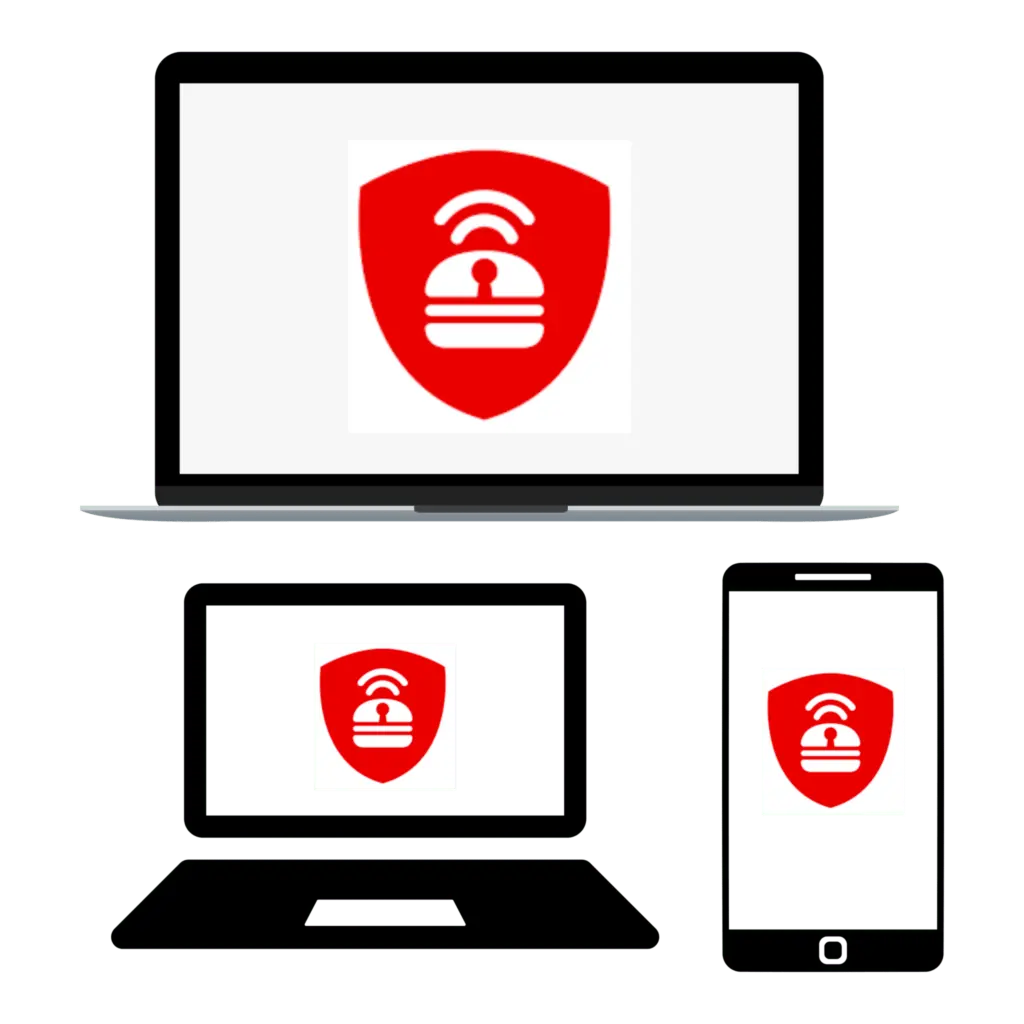
IPBurger’s Proxies for Proxy Scraping
IPBurger offers a range of proxies specifically designed for proxy scraping. With their high-speed and reliable connections, IPBurger’s proxies ensure efficient and seamless scraping operations. Their advanced security features protect your online privacy while complying with legal requirements. By choosing IPBurger, you can trust that your proxy scraping needs will be met with professionalism and expertise. Title: Proxy Scraper – Enhancing Efficiency and Security
Conclusion
Proxy scraping is an important aspect of many online operations, but it requires careful attention to best practices. By following reliable sources, employing proper data management and storage practices, and regularly monitoring and updating proxy lists, you can ensure the reliability and performance of your scraping activities.
Troubleshooting common issues that may arise during proxy scraping is also crucial. Debugging and optimizing your scripts or tools, as well as seeking help from online communities, can help resolve any problems efficiently.
When looking for the best free proxy for scraping, consider factors such as reliability, speed, and security. Evaluate different providers and test their performance before integrating them into your workflow. It is important to strike a balance between cost-effectiveness and functionality to find the perfect option.
When in doubt––check out IPBurger for you proxy solutions!
